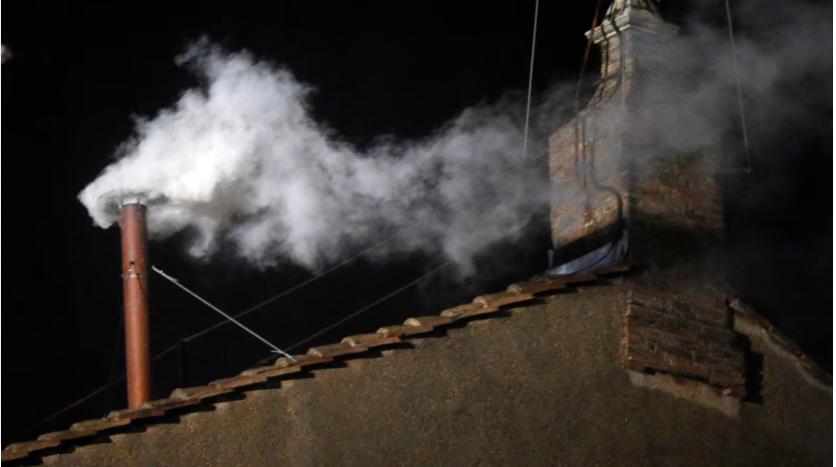When the Catholic Church selects a new pope, the world eagerly awaits a symbolic signal, not from a press release or social media update, but from the rising smoke from a small chimney atop the Sistine Chapel.
The ritual, which has become one of the most watched and anticipated events, is more than just a dramatic display for millions; it’s a centuries-old tradition that involves intricate preparations behind the scenes.
If the smoke is black, it signals that no pope has been chosen. When the smoke turns white, the message is clear: “Habemus Papam” – we have a pope.
However, the drama of this announcement is just one layer of a much more complex and coordinated process.
The smoke itself is not a simple product of burning paper ballots but is the result of meticulous engineering, including specially designed chimneys, custom fireworks, and a carefully controlled stove.
The Vatican’s team of engineers and Church officials works together to ensure that the smoke sends the correct message.
Experts have shared that the process involves smoke test rehearsals, and the Vatican's firefighters are always ready, making sure that every detail is attended to before the crucial moment.
Despite the availability of modern communication tools, the Vatican has steadfastly maintained this practice to communicate with the outside world while safeguarding the secrecy of the conclave’s vote.
This practice of burning ballots has its roots in the 15th century, when the Church sought a transparent way to conduct papal elections and avoid any form of tampering.
This move was partly a response to past papal election delays, which had led to public unrest.
The addition of smoke as a method of communication helped ensure that the result of the vote reached the public without compromising the confidentiality of the process.
"From antiquity onwards, people have seen rising smoke, as in the burning of sacrifices in the Bible or the burning of incense in religious traditions as a form of human communication with the divine," said Candida Moss, a theology professor at the University of Birmingham.
She further explained that in Catholic tradition, prayers are thought to "ascend" to God, making the use of smoke particularly meaningful.
Moss noted that the tradition of using smoke also allows those gathered in St Peter’s Square to feel as though they are part of the secretive process.
The rising smoke draws people into the mystery and wonder of the moment, providing a sense of shared experience with the Church as it makes its decision.
The complex rituals surrounding the conclave are not only an important aspect of the Church's history but also serve to remind the world of the power of tradition and the importance of secrecy in papal elections.

